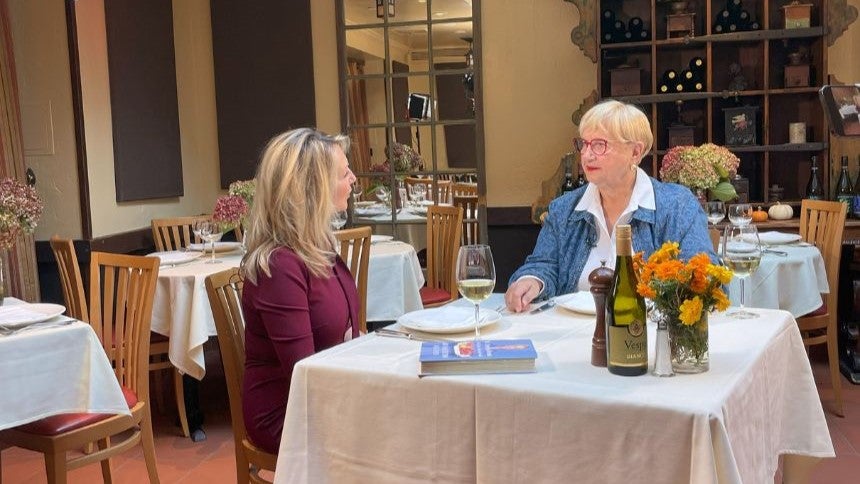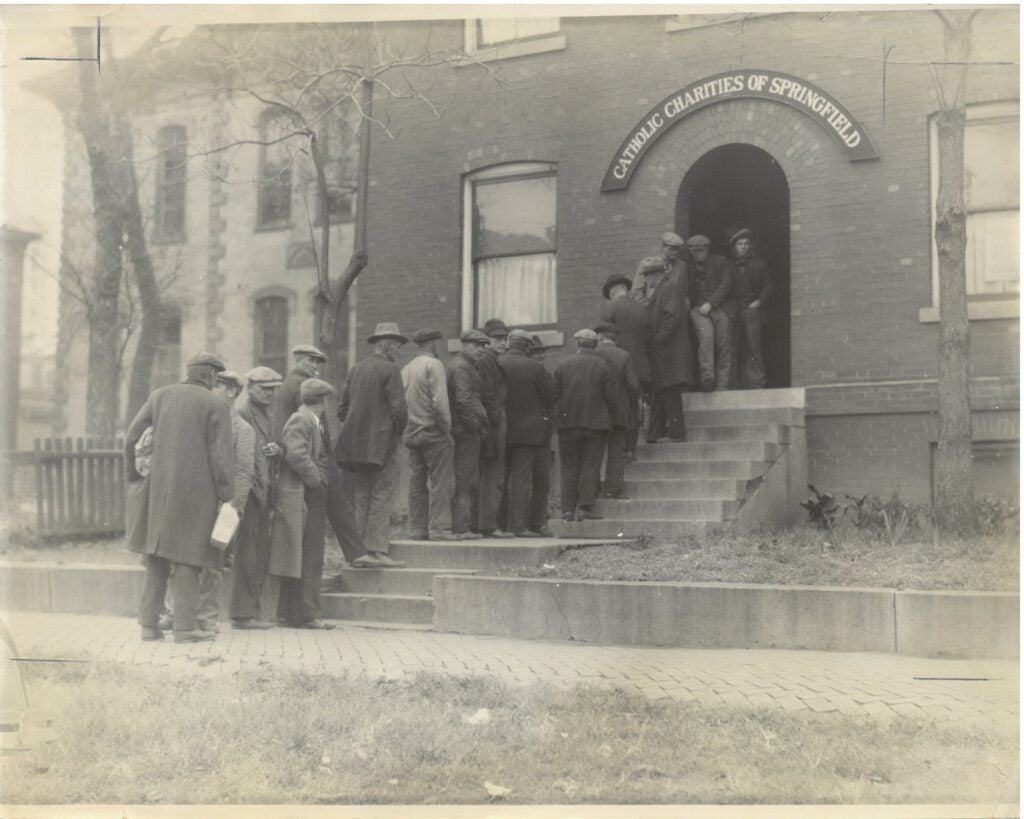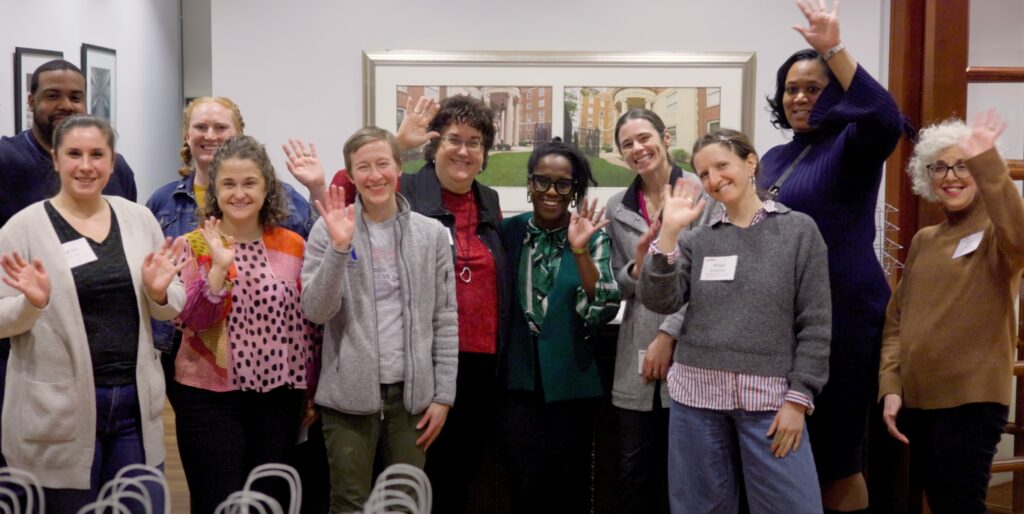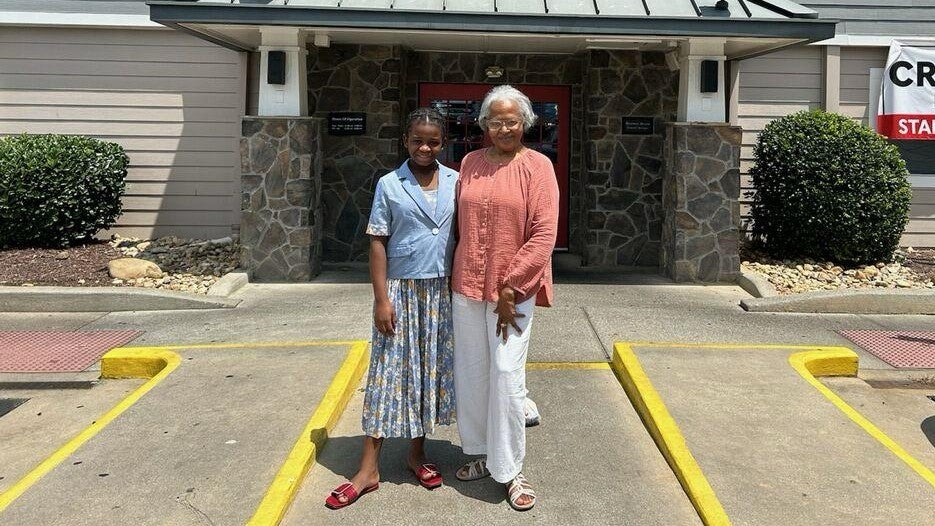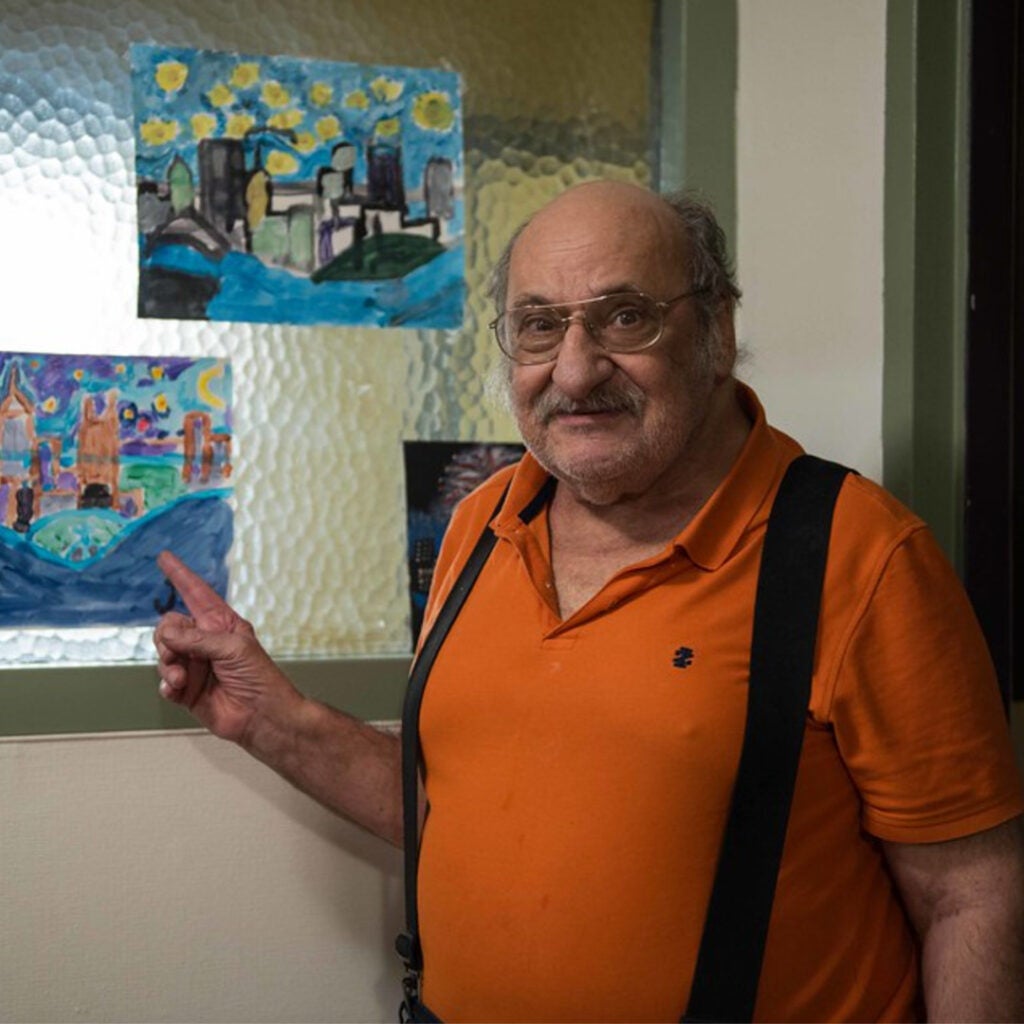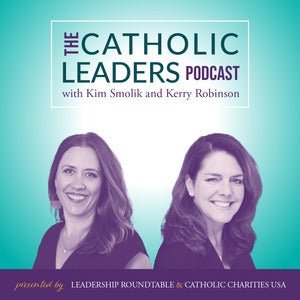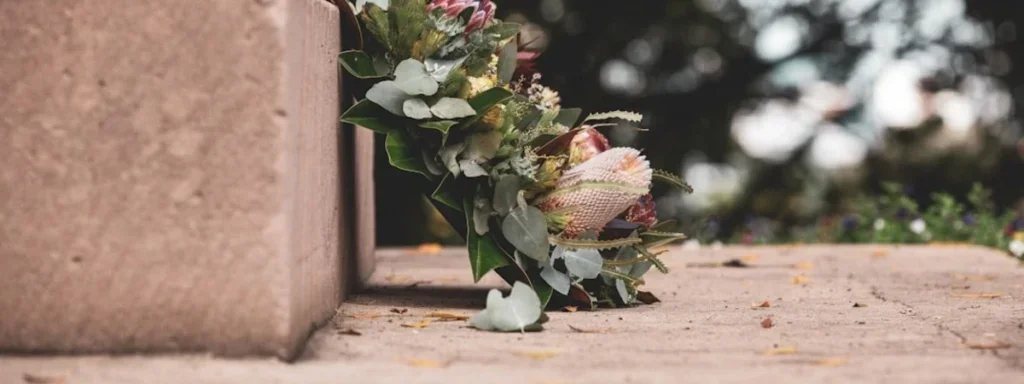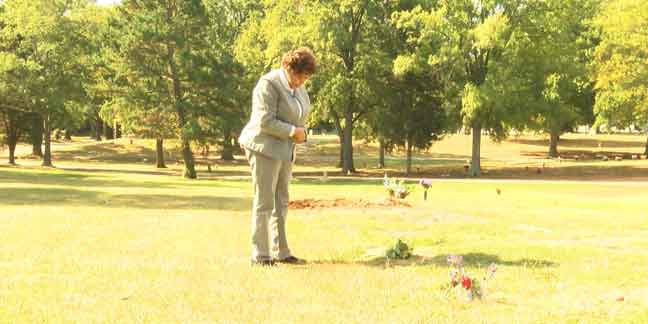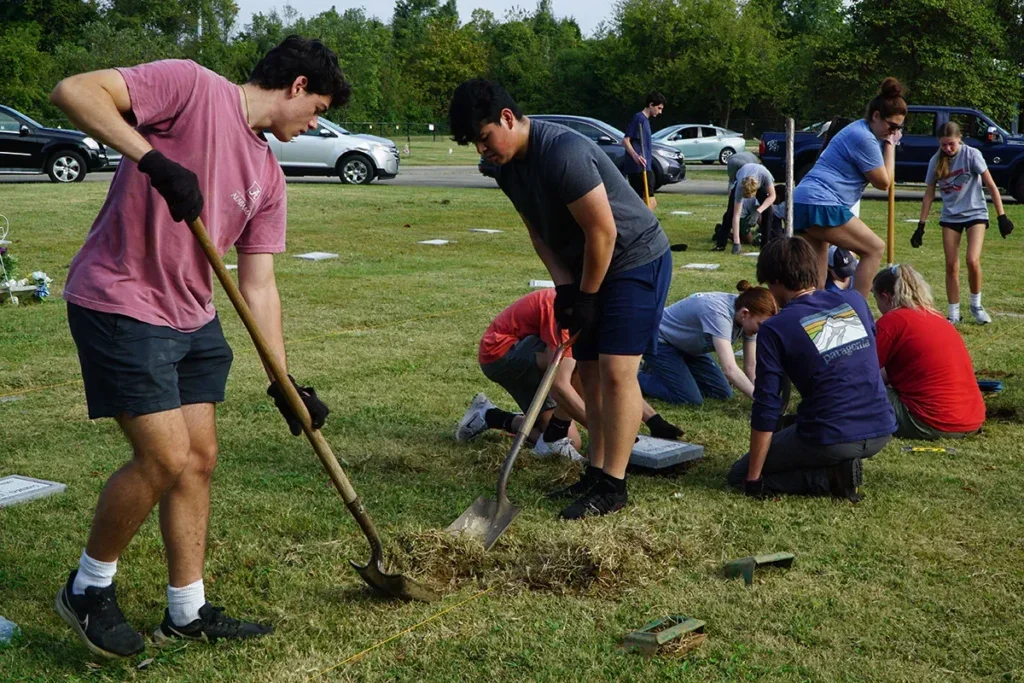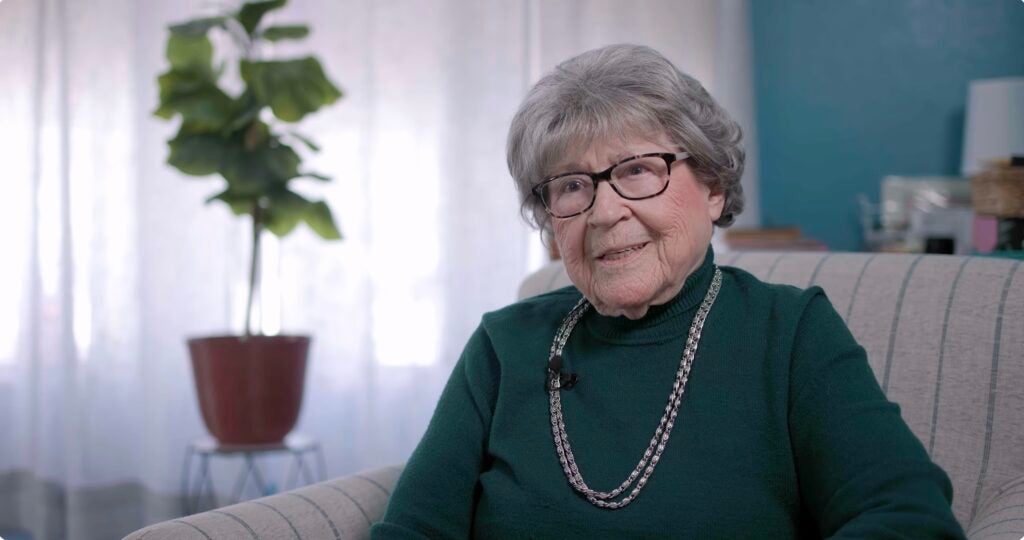
A journal of recovery efforts in U.S. Virgin Islands: October 16, 2017

Got Disaster Fatigue? Imagine if you were recovering from one.
“The number you are calling is temporarily unavailable.”
That’s the mantra playing on telephone landlines in the U.S. Virgin Islands these days – nearly six weeks after the first of two Category 5 hurricanes came calling.
Cell phone service is better, but remains intermittent, plagued by dead spots where there is no signal and an inordinate number of calls dropped mid-conversation.
Electricity has been restored only to roughly 20 percent of this small American territory located in the Caribbean about 40 miles east of Puerto Rico. The rest of the population is dependent on oil lamps, candles, batteries and – for those who can afford them – small home generators that provide refrigeration for perishables, running water, and a couple of lights for a few hours each day.
Only the most fortunate have the luxury to power computers, televisions, or air conditioning to cut the tropical heat. The least fortunate don’t even have a home left to house such items.
A “disaster” may well begin with a formal declaration. But when does it end?
That’s the question uppermost in the minds of the territory’s 100,000 or so residents, and there are probably about 100,000 answers.
For Catholic Charities of the Virgin Islands, there is no end in sight.
In an area where the glittering allure of tourism often obscures the reality of rising poverty rates, the small, grass roots organization acts as a buffer for those in need, from people temporarily down on their luck to the outcasts of the community who live in its streets and alleyways.
Before the hurricanes hit – Irma on September 6, Maria on September 19 – CCVI was housing between 20 and 40 people a night at each of two short-term housing facilities known as Bethlehem House, one on St. Thomas and one on St. Croix. It also had several clients placed in transitional housing.
On St. Thomas, Hurricane Irma badly damaged the building being used as transitional housing for five men. On St. Croix, Hurricane Maria rendered Bethlehem House uninhabitable. As of last week, CCVI was still trying to find alternate housing for the people who were displaced.
Before the hurricanes hit, CCVI was providing hot meals to the chronically homeless through outreach services and at soup kitchens. An estimated 50 to 75 people were served each day on each of the two largest islands. A week after Irma, the numbers on St. Thomas had climbed to 200 or 300 a day. Then, in early October 2017, they rose to nearly 400 when the V.I. government asked CCVI to take on the task of boxing up 90 meals a day for delivery to elderly residents at government facilities.
Executive Director Andrea Shillingford said the request did not come with an offer of payment, but there was a suggestion that the agency might receive some food from government distribution centers. That would be a first, if it happens.
According to Shillingford, the only assistance CCVI has received since the storms has come from the Catholic Diocese of St. Thomas in the Virgin Islands, Catholic Charities in San Juan, Catholic Mutual Services and especially from Catholic Charities USA.
So far, CCUSA has donated $130,000 directly to CCVI. It has also provided $20,000 worth of $100-demonination cash cards for distribution by CCVI to island residents for rebuilding and household supplies. It has also bestowed a large amount of hope.
When this writer began reporting on the hurricanes for CCUSA, it was because of a very personal connection. My husband, Mic Akin, had served as executive director for CCVI for the last 12 of our 38 years living in the Virgin Islands. Both of us were active members of the community before retiring back stateside. We still have close friends on St. Thomas and St. Croix. We had lived through many storms, including a couple of major hurricanes, though, I’m sure, nothing like this double-blow.
Mic was so moved, he contacted CCUSA and helped with its aid efforts in the territory for a couple of weeks. Because widespread damage to the infrastructure included the airports, it was hard to get into the Virgin Islands and even harder to get back out.
But he’s home. And our V.I. friends report that despite the daily challenges, there are signs of recovery. Even the landscape – grass turned brown by sea water and bushes and trees stripped bare by the winds – is beginning to turn green again.
Maybe a disaster ends when the people affected by it begin to look forward instead of back.
If so, this could be the beginning of the end.
Submitted by Bernetia Akin
